When Is A Rigid Endoscope Upsed ?
A rigid endoscope is typically used in medical procedures that require direct visualization of internal body structures. It is commonly employed in minimally invasive surgeries, such as laparoscopy, arthroscopy, and cystoscopy. The rigid nature of the endoscope allows for precise control and manipulation during the procedure, providing clear and detailed images of the targeted area.
1、 Indications for using a rigid endoscope in medical procedures
A rigid endoscope is used in medical procedures when direct visualization of internal structures is required. It is a valuable tool in various specialties such as urology, gastroenterology, otolaryngology, and orthopedics. The main indications for using a rigid endoscope include:
1. Diagnostic purposes: Rigid endoscopy allows for direct visualization of the affected area, aiding in the diagnosis of conditions such as tumors, ulcers, strictures, and anatomical abnormalities. It provides high-resolution images, enabling clinicians to accurately assess the condition and plan appropriate treatment.
2. Therapeutic interventions: Rigid endoscopes are used for various therapeutic procedures, including tissue biopsies, polyp removal, stone extraction, foreign body retrieval, and dilatation of strictures. The rigid nature of the endoscope allows for precise control and manipulation of instruments, facilitating these interventions.
3. Minimally invasive surgery: Rigid endoscopy is an integral part of minimally invasive surgical techniques. It enables surgeons to perform procedures through small incisions, reducing patient trauma, postoperative pain, and recovery time. Examples include laparoscopic cholecystectomy, arthroscopy, and transurethral resection of the prostate.
4. Training and education: Rigid endoscopes are used in medical education and training programs to teach students and residents about anatomy, pathology, and surgical techniques. They provide a clear view of the surgical field, allowing learners to observe and understand procedures in real-time.
5. Research and innovation: Rigid endoscopy continues to evolve with advancements in technology. The latest point of view includes the integration of high-definition imaging, 3D visualization, and robotic-assisted systems. These innovations enhance the accuracy and precision of procedures, leading to improved patient outcomes.
In conclusion, a rigid endoscope is used in medical procedures when direct visualization is necessary for diagnosis, therapeutic interventions, minimally invasive surgery, training, and research. The latest advancements in technology have further enhanced the capabilities of rigid endoscopy, making it an indispensable tool in modern medicine.

2、 Advantages of using a rigid endoscope in diagnostic imaging
Advantages of using a rigid endoscope in diagnostic imaging:
A rigid endoscope is a valuable tool in diagnostic imaging due to its numerous advantages. Firstly, it provides high-quality, high-resolution images, allowing for clear visualization of the internal structures of the body. This is particularly important in areas such as the gastrointestinal tract, where precise visualization is crucial for accurate diagnosis and treatment planning.
Secondly, a rigid endoscope offers direct visualization, meaning that the physician can see the area of interest in real-time. This allows for immediate identification of abnormalities, such as tumors or lesions, and enables targeted biopsies or interventions to be performed during the same procedure. This not only saves time but also reduces the need for additional invasive procedures.
Furthermore, a rigid endoscope is minimally invasive, requiring only small incisions or natural body openings for insertion. This results in less trauma to the patient, reduced post-operative pain, and faster recovery times compared to traditional open surgery. Additionally, the risk of infection is minimized as the incisions are small and can be easily closed.
Moreover, the use of a rigid endoscope allows for better patient comfort during the procedure. The slim design of the endoscope reduces discomfort and allows for easier maneuverability within the body. This is particularly beneficial for patients who may be anxious or have difficulty tolerating more invasive procedures.
Lastly, the latest advancements in technology have further enhanced the capabilities of rigid endoscopes. For example, the integration of high-definition cameras and advanced imaging modalities, such as fluorescence imaging or narrow-band imaging, have improved the accuracy of diagnosis and increased the detection rate of early-stage diseases.
In conclusion, the use of a rigid endoscope in diagnostic imaging offers several advantages, including high-quality imaging, direct visualization, minimally invasive procedures, improved patient comfort, and the integration of advanced technologies. These benefits make it a valuable tool in modern medical practice, enabling more accurate diagnoses and targeted treatments.
3、 Limitations of rigid endoscopes in certain anatomical regions
A rigid endoscope is commonly used in various medical procedures to visualize and diagnose conditions within the body. It is particularly useful in areas where direct access is possible, such as the nasal cavity, ear canal, and gastrointestinal tract. Rigid endoscopes are also used in minimally invasive surgeries, allowing surgeons to perform procedures with smaller incisions and reduced trauma to the patient.
Limitations of rigid endoscopes in certain anatomical regions:
However, there are limitations to the use of rigid endoscopes in certain anatomical regions. One major limitation is the inability to navigate through tight or curved spaces. Rigid endoscopes have a fixed angle of view, which restricts their ability to visualize areas that are not directly in line with the scope. This can be a challenge in areas such as the sinuses, where the anatomy is complex and curved.
Another limitation is the lack of flexibility in the shaft of the endoscope. This can make it difficult to maneuver the scope in areas with limited space, such as the small joints of the body. In these cases, flexible endoscopes or other imaging techniques may be more suitable.
The latest point of view:
Advancements in technology have led to the development of newer endoscopic systems that address some of these limitations. For example, there are now rigid endoscopes with adjustable angles of view, allowing for better visualization in curved anatomical regions. Additionally, miniaturized robotic systems are being developed to enhance the maneuverability of rigid endoscopes in tight spaces.
In conclusion, while rigid endoscopes are widely used in many medical procedures, they do have limitations in certain anatomical regions. However, ongoing advancements in endoscopic technology are continuously improving the capabilities of rigid endoscopes, making them more versatile and effective in a wider range of applications.
4、 Potential complications associated with rigid endoscopy procedures
A rigid endoscope is a medical instrument that is used to visualize and diagnose various conditions within the body. It consists of a long, narrow tube with a light source and a camera at the end, allowing doctors to see inside the body without making large incisions. Rigid endoscopes are commonly used in procedures such as arthroscopy, laparoscopy, and cystoscopy.
Rigid endoscopes are typically used when a direct and clear visualization of the internal structures is required. They provide high-resolution images and allow for precise manipulation of instruments within the body. This makes them particularly useful in procedures that involve delicate or complex anatomy, such as joint surgeries or abdominal surgeries.
Potential complications associated with rigid endoscopy procedures:
1. Infection: Although rigid endoscopy is a minimally invasive procedure, there is still a risk of infection. Proper sterilization techniques and aseptic precautions are essential to minimize this risk.
2. Bleeding: Some procedures may involve the use of sharp instruments or the removal of tissue, which can lead to bleeding. Careful control of bleeding is necessary to prevent complications.
3. Organ perforation: In rare cases, the insertion of the endoscope or other instruments may cause accidental perforation of organs or blood vessels. This can lead to serious complications and may require immediate surgical intervention.
4. Anesthesia-related complications: Rigid endoscopy procedures are often performed under general anesthesia, which carries its own risks. These include allergic reactions, respiratory problems, and cardiovascular complications.
5. Postoperative pain and discomfort: After the procedure, patients may experience pain, swelling, or discomfort at the site of the incisions or manipulation. Proper pain management strategies should be employed to ensure patient comfort.
It is important to note that advancements in technology and surgical techniques have significantly reduced the risk of complications associated with rigid endoscopy procedures. However, it is still crucial for healthcare professionals to be aware of these potential complications and take appropriate measures to prevent and manage them.

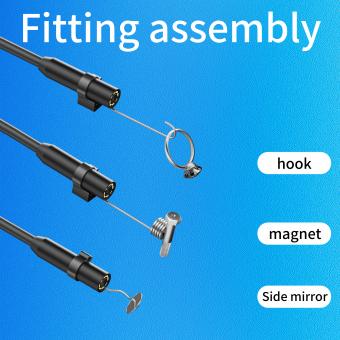




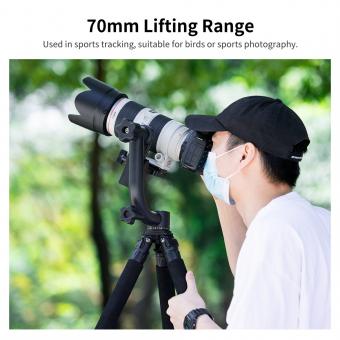












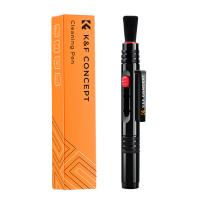
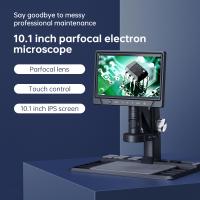

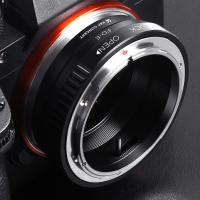
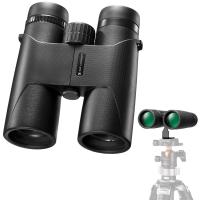


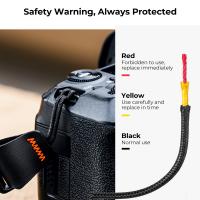


There are no comments for this blog.